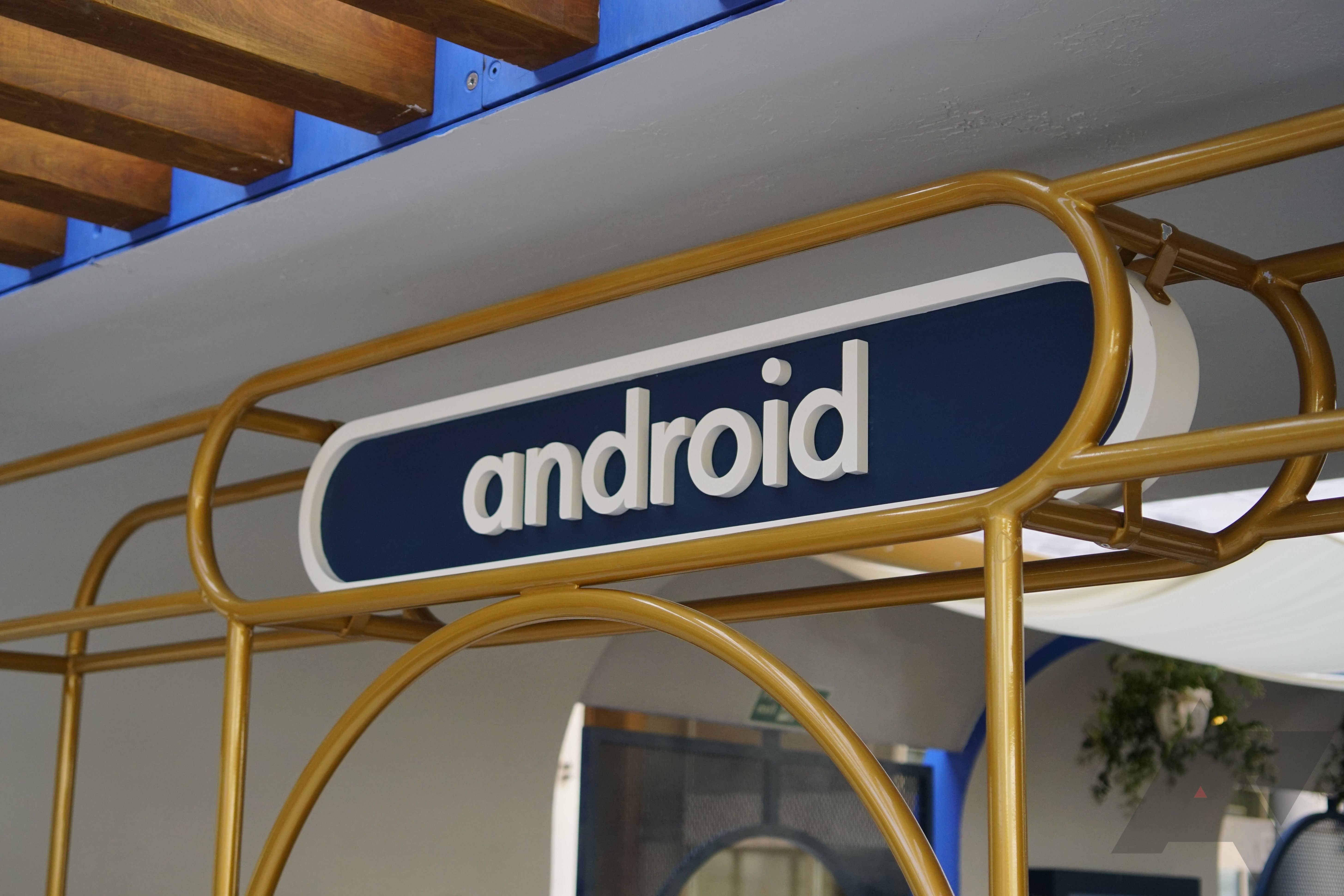Some of your smart home or other IoT gadgets can be hard to access if you don't remember their individual local IP, but a protocol called mDNS makes it easier to access them with convenient ".local" names — accessing my network's NAS with rynenas.local, for example, or accessing a local Raspberry Pi through Avahi. It's not something your average person needs to do, but it's a useful tool for managing network devices with human-readable names, rather than remembering what local IP address they were assigned (if one was reserved for them). Thankfully, Android can now resolve these ".local" names, making things a little easier on mobile and resolving a years-long feature gap for power users.
The feature isn't that new; we just didn't know about it until now, as Android silently rolled added support for it through an update to the DNS resolver Mainline module last November, as spotted by Esper.io's Mishaal Rahman. The change was rolled out through a Play Services update before Google began documenting its system updates just one month later, in December 2021. Related issues on the Issue tracker don't even make a note that the fix has been addressed, either. There was no announcement — Google simply rolled the change out silently, noting the functionality only in the DNS Resolver Android Source documentation.
Now, Android kind of had mDNS support before, but it was limited to apps that implemented a specific API — some smart home-type apps did, but it didn't work in Chrome, for example. But this adjustment means that you should be able to simply type dingus.local up in the address bar on Chrome and have it resolve to the local IP that dingus is the hostname for, assuming you have everything configured for that to work, but there is one last "gotcha." According to Rahman, it may only function on Android 12 and later, as the code responsible for it hasn't been backported to Android 11 or earlier.
In short, if you have a device on your network that you can access with a .local hostname from a PC or another platform, you should be able to access it just as easily now from your Android phone the same way.

